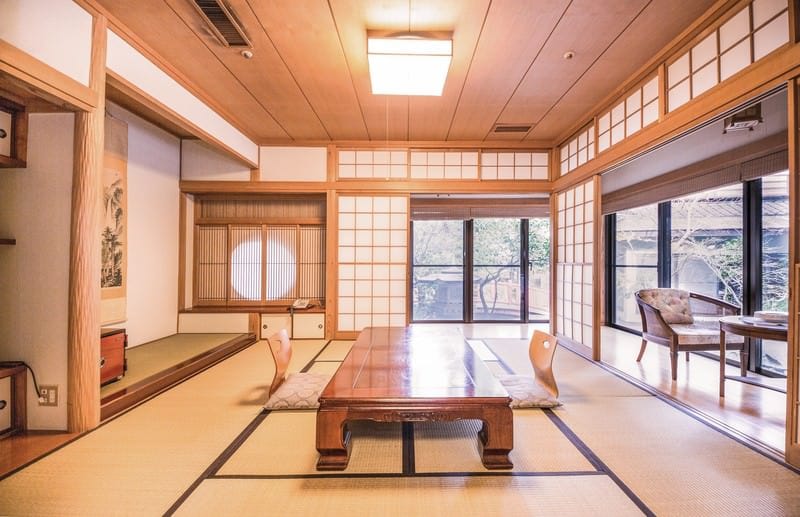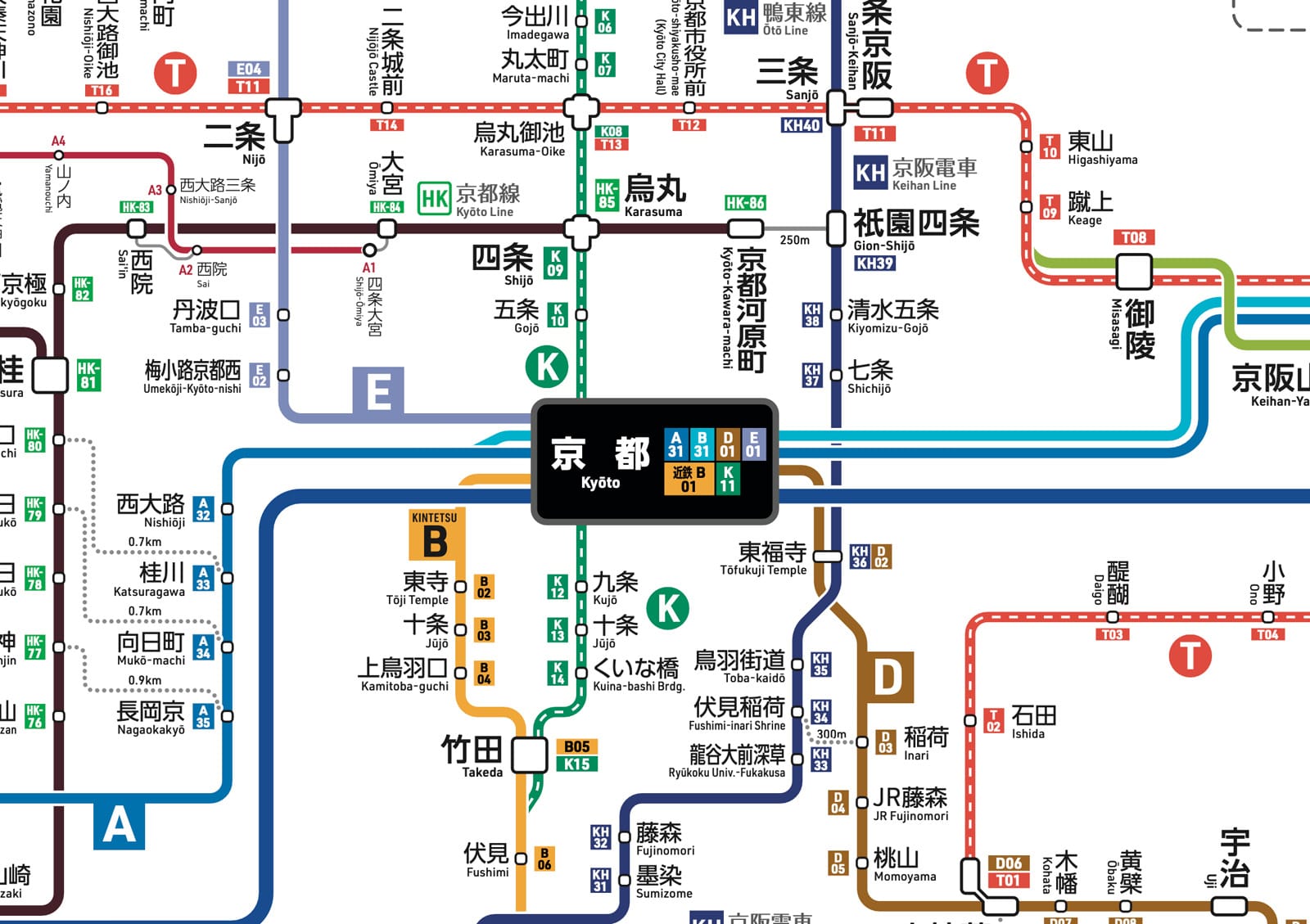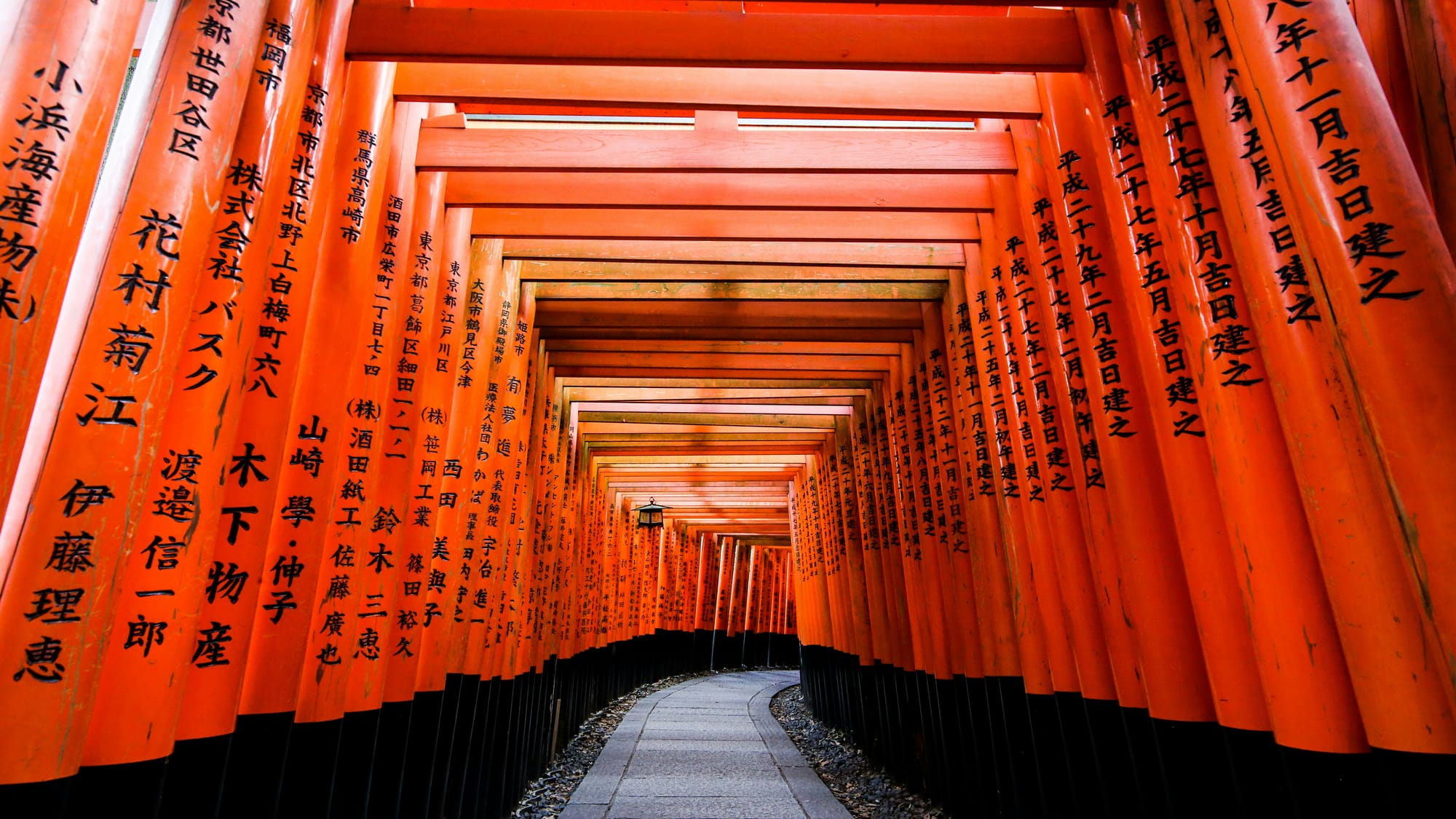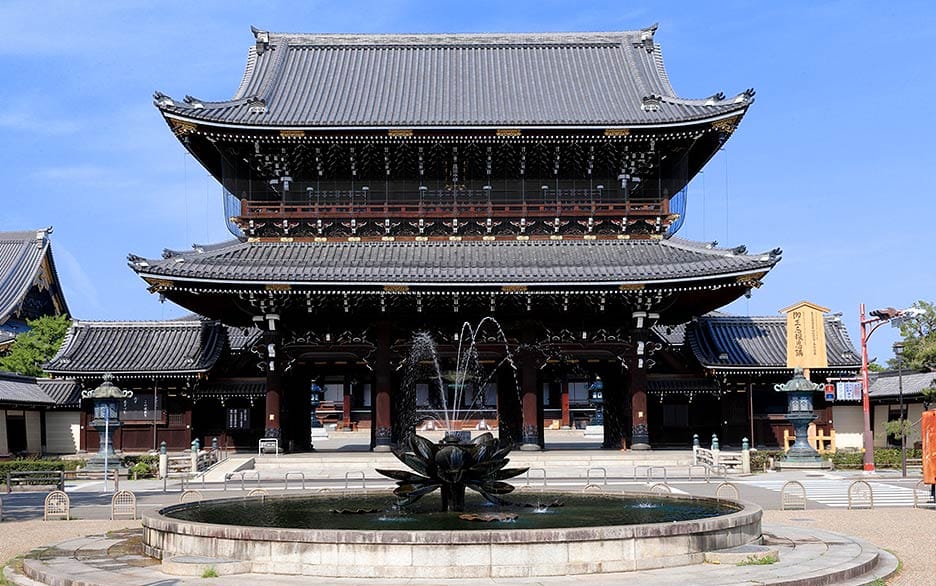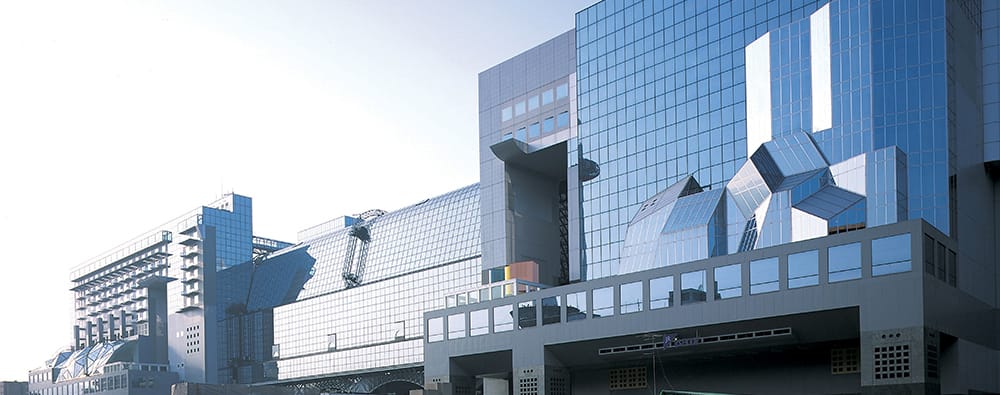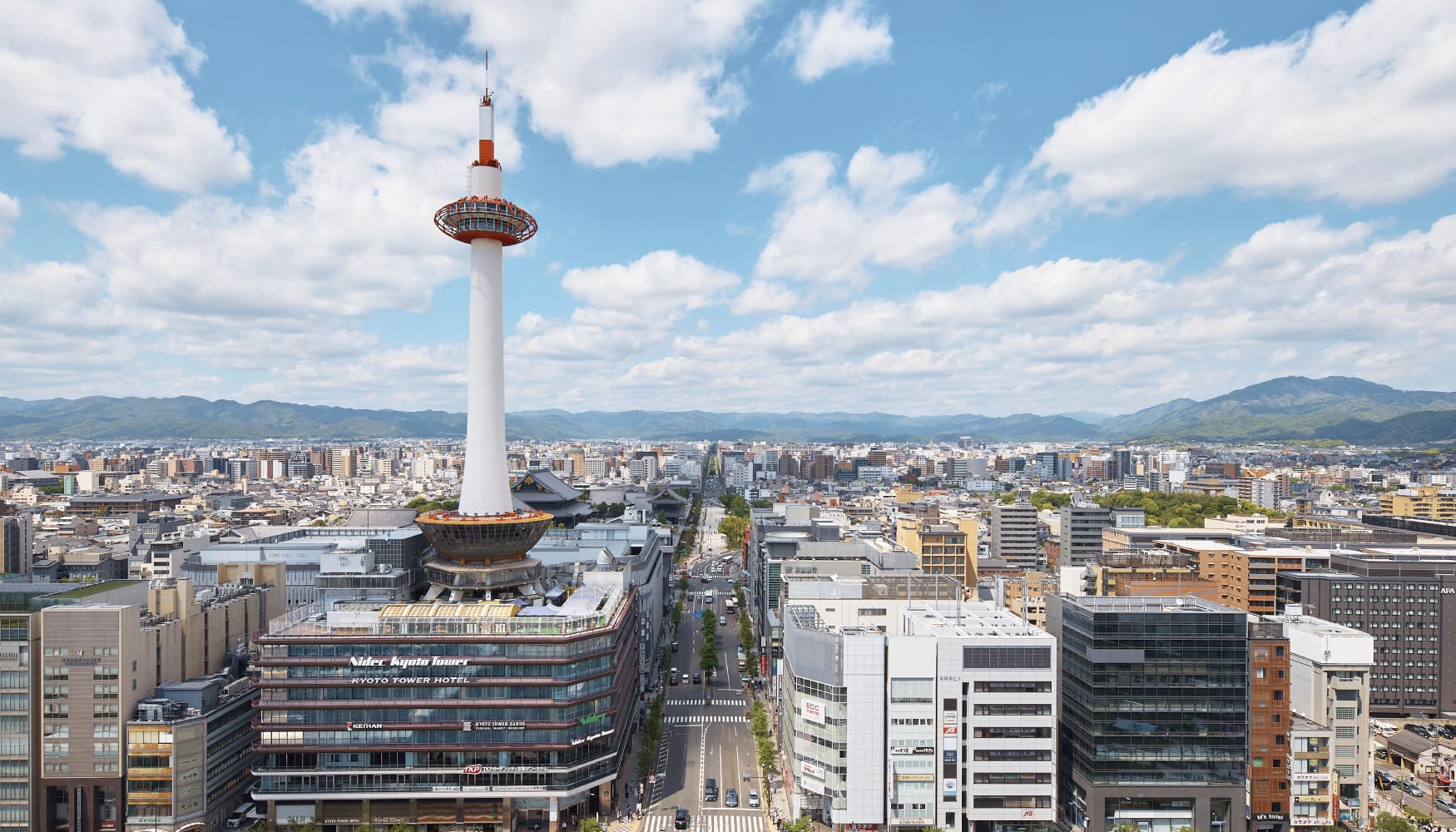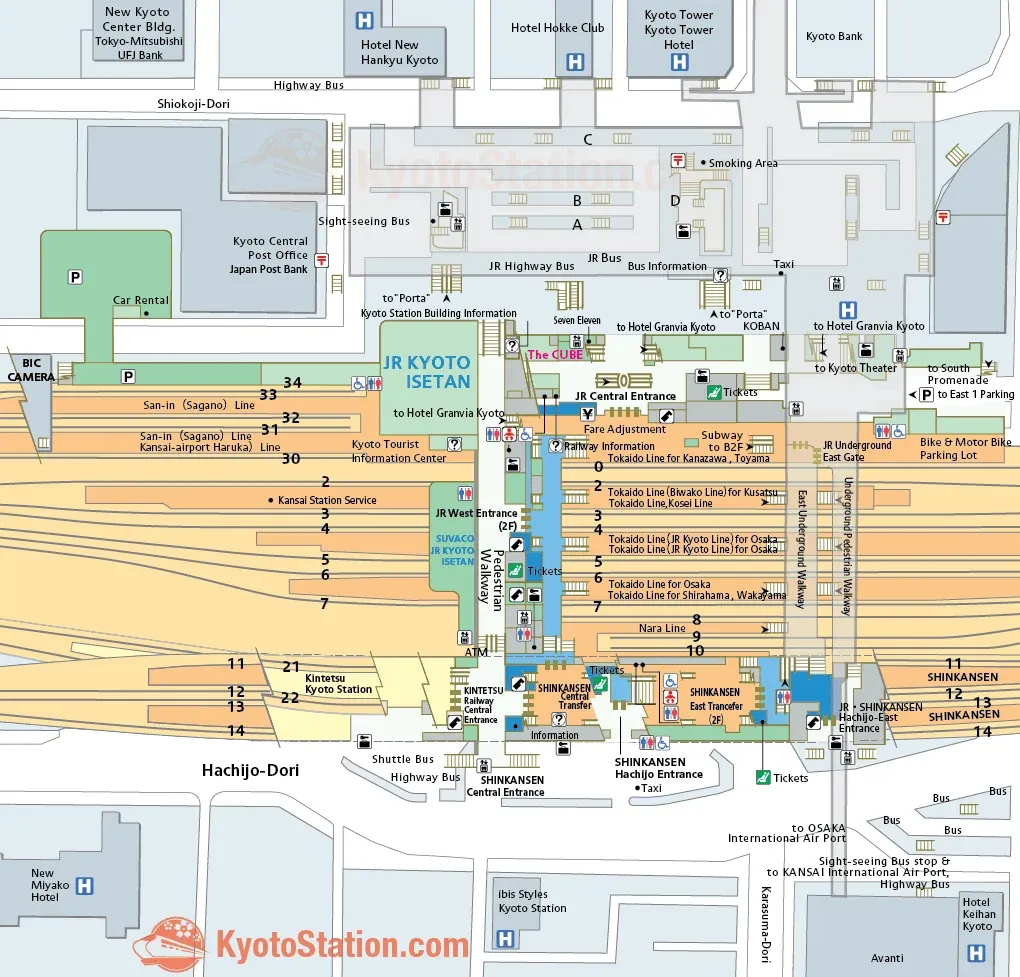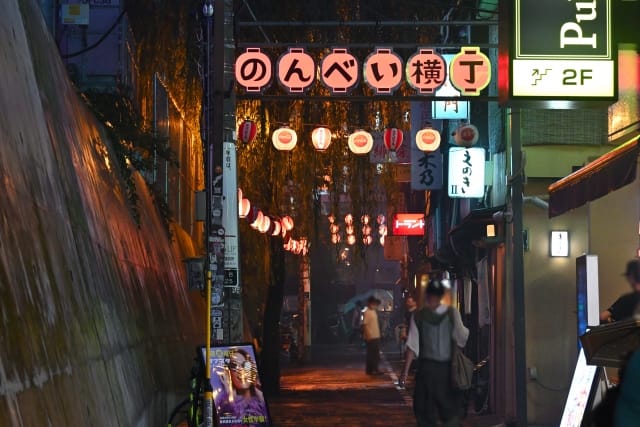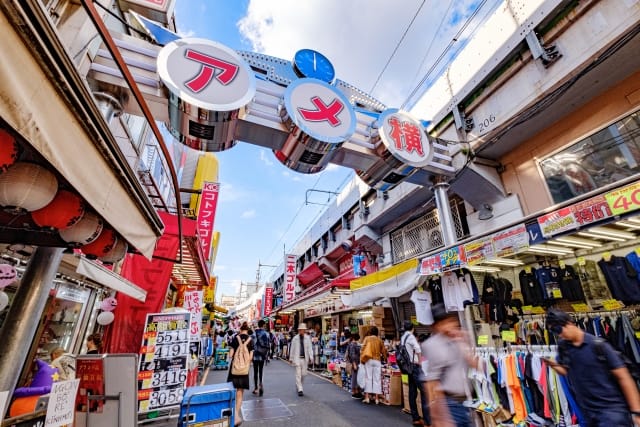Access to Kyoto; Complete Guide to Kyoto Station
I visited Kyoto several times between August and October 2024. I'm updating this article to share the new charms of Kyoto I discovered and to recommend the latest spots worth visiting. In this update, I've also included the newest information about Kyoto for 2025.
Another reason for this update is the growing interest in tours that allow visitors to fully experience Kyoto's traditions and culture.
Due to Kyoto's deep history and traditions, first-time visitors often find it challenging to explore the city efficiently while gaining a deeper understanding. This has led to increasing popularity of guided tours like those offered by Magical Trip, where local guides help tourists navigate the city.
Notably, Magical Trip's tour, which was ranked No.1 among all tours on Tripadvisor in 2024, is experiencing high demand in 2025.

For those who want to experience Kyoto deeply and efficiently, we recommend these two tours. With guides who are well-versed in Kyoto's culture and traditions explaining the tourist spots, you'll enjoy your sightseeing several times more than if you were to explore on your own:
If you're interested in Kyoto's food culture, we also recommend the "Kyoto Night Foodie Tour," which ranked No. 6 among all tours on TripAdvisor in 2024. You can fully enjoy the cuisine of Kyoto, a city that once ranked fourth worldwide for the number of Michelin-starred restaurants.
Introduction
Kyoto, a city of immense historical value, was Japan's capital for over 1,000 years. Today, it remains the heart of traditional Japanese culture and art, offering numerous captivating tourist attractions. Especially during cherry blossom and autumn foliage seasons, many domestic and international tourists flock to enjoy its beautiful natural scenery.
Kyoto is also renowned for its culinary delights, where you can savor traditional dishes like "obanzai" and "kaiseki cuisine." As a resident of Kyoto, I experience the timeless Japanese atmosphere and its value daily. For those interested in Japanese traditions and culture, Kyoto is a must-visit city. When touring Kyoto, it's convenient to use Kyoto Station as your base.
Kyoto Station: The Gateway to Kyoto and Transport Hub
Kyoto Station, located almost in the center of Kyoto City, is the most important station in Kyoto, used by an average of 600,000 people daily. It's a stop on Japan's high-speed railway, the "Shinkansen," connecting Kyoto with other cities. Using the Shinkansen, you can access Tokyo to the east and Fukuoka to the west without transfers.
Moreover, numerous JR, subway, and private railway lines pass through Kyoto Station, making access to tourist spots within Kyoto City and neighboring cities easy. For instance, it takes less than an hour by regular train from Kyoto Station to reach Osaka or Nara. Furthermore, local buses provide direct access to many tourist attractions without transfers.
Access Methods and Details for Visiting Kyoto from Other Prefectures
Using the Shinkansen
When traveling to Kyoto from distant cities, the Shinkansen is convenient. It directly connects many major cities, taking less than 3 hours from Tokyo in the east to Fukuoka in the west. The Shinkansen is very comfortable, and enjoying the scenery from the window is recommended. It should be the first transport option considered, especially for JR Pass holders.
Tokyo: About 135 minutes by "Nozomi" Shinkansen, reserved seat 13,970 yen. About 165 minutes by "Hikari" Shinkansen, reserved seat 13,650 yen.
Nagoya: About 35 minutes by "Nozomi" Shinkansen, reserved seat 5,710 yen. About 57 minutes by "Hikari" Shinkansen, reserved seat 5,500 yen.
Osaka: About 15 minutes by "Nozomi" Shinkansen, reserved seat 2,880 yen. About 15 minutes by "Hikari" Shinkansen, reserved seat 2,670 yen.
(JR Kyoto Line and Hankyu Railway are also recommended for travel)
Fukuoka: About 170 minutes by "Nozomi" Shinkansen, reserved seat 16,580 yen.
Using Air Travel
When using air travel, Kansai International Airport serves as the hub. From the airport to Kyoto Station, you can access by train, bus, or taxi. The train is the cheapest and fastest method, but the bus offers direct access to central Kyoto. For late-night or early morning arrivals, using a fixed-rate taxi is convenient and reassuring.
By train: About 80 minutes on the "JR Limited Express Haruka," 2,200 yen.
By bus: About 90 minutes by limousine bus, 2,800 yen.
By taxi: About 90 minutes, approximately 20,000 to 35,000 yen for a 4-seater. *Varies by taxi company.
Transport Access at Kyoto Station
In addition to the Shinkansen, Kyoto Station serves multiple JR conventional lines, subway, and private railways, providing easy access to tourist spots in Kyoto City and nearby cities. Buses are the most frequently used mode of transport by locals, and once you get the hang of it, moving around Kyoto City becomes very smooth.
Kyoto Station has designated taxi stands, making it easy to use taxis. Kyoto Station is a highly convenient station where you can choose from various transport options depending on the number of people and destination.
Train Access
source:47RAIL JP
Kyoto Station is served mainly by three operating companies with a total of six lines. If you use lines from different operating companies, you need to purchase separate tickets for each. Also, the JR Pass is exclusive to JR lines and cannot be used on subways or private railways.
JR Tokaido Line: Direct access to Lake Biwa in the east, and Osaka and Kobe in the west
JR Kosei Line: Direct access to Lake Biwa and Mt. Hiei
JR Nara Line: Direct access to Fushimi Inari, Uji, and Nara
JR San'in Line: Direct access to Nijo Castle, Arashiyama, and Kinosaki Onsen
Kyoto Municipal Subway Karasuma Line: Direct access to central Kyoto
Kintetsu Kyoto Line: Direct access to Toji Temple and Nara
Bus Access
source:Kyoto city
Kyoto has a very well-developed bus network, providing easy access to areas unreachable by train. Using buses, you can directly access almost all places in Kyoto from Kyoto Station, making it easy to move between tourist spots.
While there are many bus operating companies, the main ones used for tourism are "Kyoto City Bus (City Bus: left in the image)" and "Kyoto Bus (center in the image)". Especially at Kyoto Station, there's a Tourist Information center, and route maps are installed at the bus terminal, making bus use relatively easy.
Kyoto City Bus (City Bus: left in the image): The most major bus company with numerous routes and frequent service. From Kyoto Station, it provides direct access to most tourist spots including Kyoto Imperial Palace, Kinkaku-ji, Shimogamo Shrine, Gion, Fushimi Inari, and Arashiyama.
Kyoto Bus (center in the image): Covers many tourist spots in the city as well as a wide area including Kibune Shrine, Enryaku-ji, and Sanzen-in. Less frequent service compared to Kyoto City Bus.
[Tourist spots where buses are more convenient than trains]
Kinkaku-ji, Ginkaku-ji, Koke-dera (Saiho-ji), Ohara, etc.
Taxi Access
There are taxi stands at both the north and south entrances/exits. For central Kyoto, Gion, Arashiyama, Kinkaku-ji, and other tourist areas, use the north Karasuma exit. The taxi stand is about 100m to the right after exiting the "Karasuma Central Exit". For Fushimi Inari or Toji direction, the taxi stand just to the right of the south "Hachijo West Exit" is convenient.
Please refrain from boarding taxis outside the designated stands as it hinders smooth traffic flow. At taxi stands, please line up and respect the boarding order.
Most Kyoto taxi drivers understand basic English, but it's a good idea to prepare a note with your destination written in Japanese just in case. The fare starts at 500 yen for the first 1km, with 100 yen added every 279m thereafter.
Three Must-Visit Tourist Spots with Excellent Access from Kyoto Station
Kyoto Station not only functions as a transport hub for many tourist spots but also has many attractions within and around the station itself. Of the four tourist spots I'm about to introduce, all except Fushimi Inari Taisha are accessible within a 15-minute walk. A feature of this area is that it offers not only shrines and temples but also spots where you can enjoy shopping and scenery.
Shrines and Temples
Fushimi Inari Taisha
Fushimi Inari Taisha is one of the most popular shrines in Kyoto and is relatively close to Kyoto Station. It's accessible in just 2 stops, about 5 minutes, on the JR Nara Line. Passing through the seemingly endless vermilion torii gates gives you a mysterious feeling as if you've wandered into another world. It's a very photogenic place, so don't forget to take pictures!
It takes about 2 hours of hiking to see all the torii gates. There are also courses that cover only the highlights, so check out the model courses too. There are cafes and souvenir shops along the way, so enjoy your stroll with breaks.
Higashi Honganji
source:Official website
Higashi Honganji is a temple accessible in about a 5-minute walk from the Karasuma exit of Kyoto Station, locally known as "Ohigashi-san". The highlight of this temple is the "Goei-do" hall, one of the world's largest wooden structures, and the "Goei-do Gate" standing in front of it. When I first saw it, I was stunned by its overwhelming scale.
The interior, covered with tatami mats, is quiet and spacious, making it a recommended spot for those who want to experience the peaceful world of Buddhism.
Popular Tourist Facilities for Foreigners
Kyoto Station Building
source:Official website
People arriving at Kyoto Station for the first time will be surprised by its gorgeous construction. From the station entrance recreating the concept of "Kyoto is the gateway to history" to the station designed like modern art, Kyoto Station is impressively sophisticated.
In addition to restaurants and souvenir shops, it also houses a walkway overlooking Kyoto and an art museum, making it enjoyable as an entertainment facility. When moving from Kyoto Station to various places, please enjoy sightseeing within the station as well. Even when I return to my parents' home in Tokyo, I head to the station at least 3 hours early to enjoy meals and shopping before departure.
Kyoto Tower
source:Official website
Kyoto Tower, standing right in front of the Karasuma exit, is not to be missed. It's a valuable facility where you can enjoy the townscape of Kyoto from a high place. Due to urban planning regulations, there are very few tall buildings in Kyoto, so you can enjoy a 360-degree panoramic view from the observation deck at 131m.
The view from Kyoto Tower, with no other tall buildings around, is exceptionally open! On the day I visited, the weather was good, and I could clearly see Osaka Castle!
Guide Map of Kyoto Station Interior
source:KyotoStation.com
Kyoto Station is mainly divided into the northern "Karasuma Exit" and the southern "Hachijo Exit". The main bus terminal is at the Karasuma exit, while the Shinkansen ticket gates are at the Hachijo exit. There are passages connecting these two exits on the second floor on the west side and the basement floor on the east side of the station.
Also, large coin lockers that can store suitcases are available at each exit and in the underground passages, allowing you to enjoy shopping and nearby sightseeing hands-free. The underground and upper floors of Kyoto Station are commercial facilities with souvenir shops and restaurants.
I hope this translation helps provide a comprehensive guide to Kyoto Station and its surroundings for tourists. The station serves as an excellent transport hub and access point for exploring the beautiful city of Kyoto.
If you are considering where to stay, check the article below! I summarized Hotels & Airbnbs I recommend and how I felt each Hotel & Airbnb spot.
